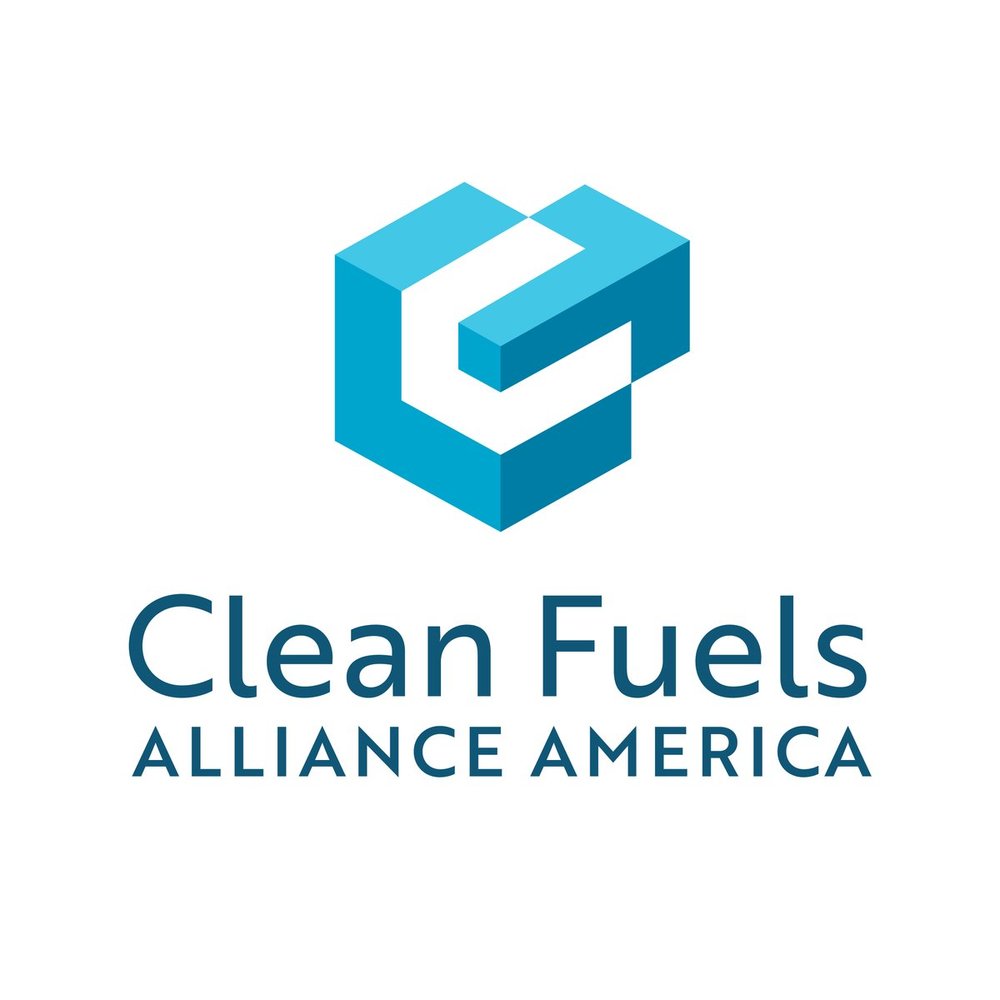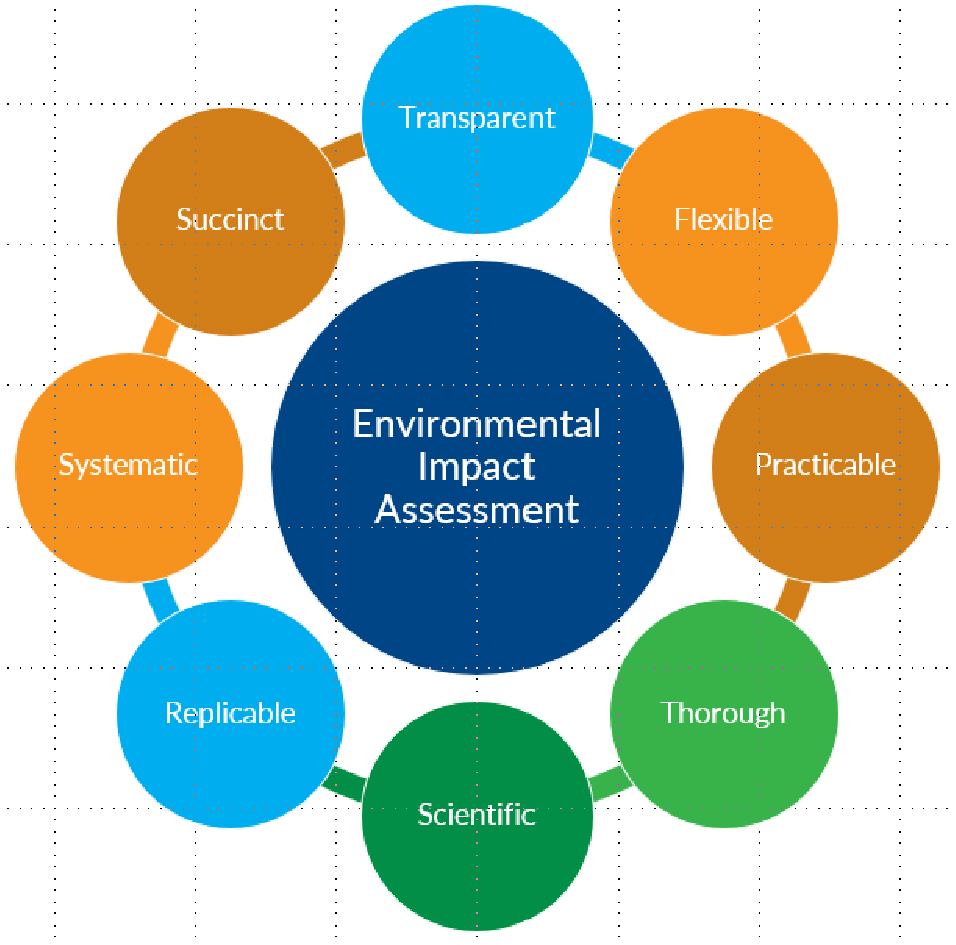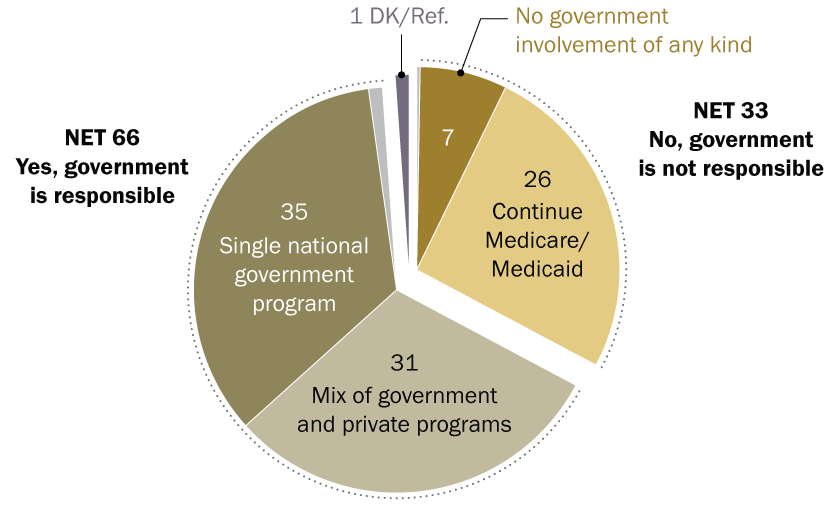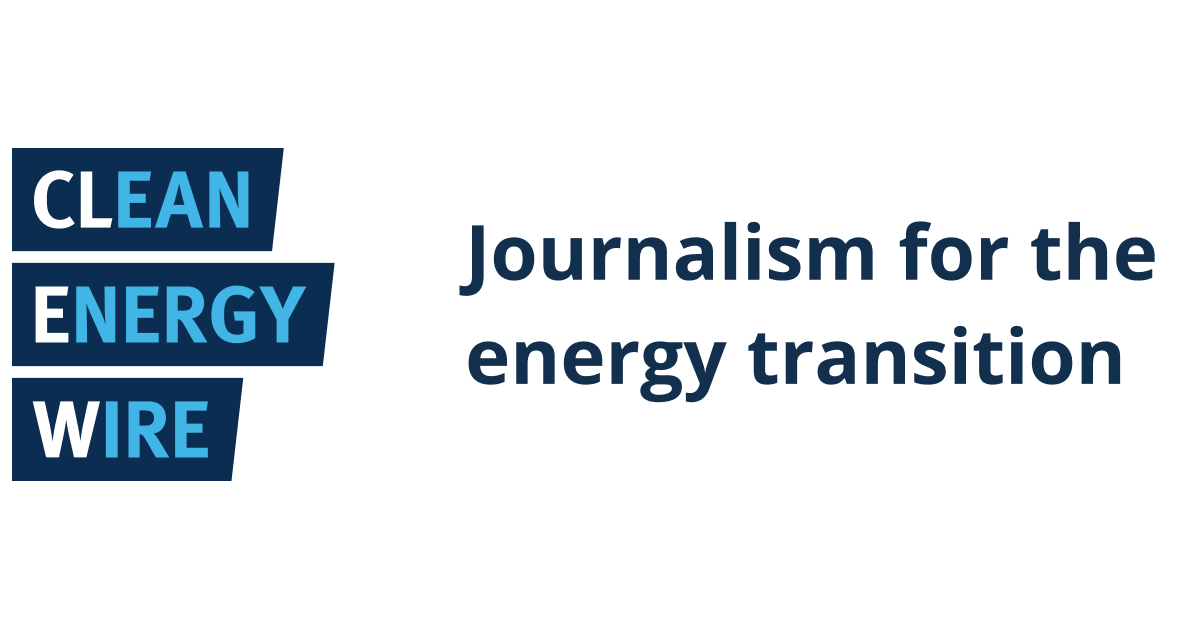Economic, environmental ripple effects feared from potential EPA downsizing in NC – WUNC

Report on the Potential Dismantling of the EPA’s Office of Research and Development and its Conflict with Sustainable Development Goals
Executive Summary
Proposed administrative changes to the U.S. Environmental Protection Agency (EPA), including the potential closure of its Office of Research and Development (ORD) facility in Research Triangle Park (RTP), North Carolina, pose a significant threat to the advancement of multiple Sustainable Development Goals (SDGs). This report outlines the projected negative impacts on public health, environmental integrity, economic stability, and educational partnerships, framing the consequences within the context of the global 2030 Agenda for Sustainable Development.
Impact on Sustainable Development Goals (SDGs)
SDG 3 (Good Health and Well-being) & SDG 6 (Clean Water and Sanitation)
The dismantling of the ORD directly undermines progress toward ensuring healthy lives and access to clean water. The ORD has been instrumental in providing the scientific foundation for public health protections.
- Threat to Public Health: The loss of EPA research capabilities compromises the ability of federal and state bodies to make evidence-based decisions, putting communities at risk from environmental hazards. The Environmental Protection Network projects that regulatory rollbacks could lead to nearly 200,000 premature deaths by 2050.
- Compromised Water Quality: The RTP facility has played a key role in developing tools to detect and manage PFAS contamination in North Carolina’s drinking water, a direct contribution to SDG 6. Its closure would remove a critical resource for addressing water toxicity.
- Diminished Air Quality Research: The ORD has conducted fundamental research on the health effects of air pollution, including clinical studies. The closure of these facilities represents a significant loss of unique global research capabilities essential for protecting populations from respiratory and other illnesses, directly impacting SDG 3 targets.
SDG 8 (Decent Work and Economic Growth) & SDG 9 (Industry, Innovation, and Infrastructure)
The proposed closure would have severe repercussions for regional economic stability and dismantle critical scientific infrastructure, hindering innovation and sustainable growth.
- Economic Contraction: According to EPA data, the RTP campus contributed over $262 million to the statewide economy annually. The closure would result in significant economic and personal losses.
- Job Losses: The dismantling threatens hundreds of direct federal jobs at the RTP facility, which has already seen a departure of approximately 400 of its 700 employees. This loss extends to contractors, trainees, and visiting scientists, creating a negative ripple effect on local employment in contravention of SDG 8.
- Erosion of Scientific Infrastructure: The ORD is a cornerstone of the nation’s environmental research infrastructure. Its elimination weakens the “research ecosystem” and the nation’s capacity for scientific innovation needed to address complex environmental challenges, a setback for SDG 9.
SDG 4 (Quality Education) & SDG 17 (Partnerships for the Goals)
The ORD’s role as an educational partner and a hub for collaboration is critical for fostering the next generation of scientists and achieving goals through partnership, both of which are now at risk.
- Loss of Educational Opportunities: The ORD has provided vital research opportunities for thousands of students from universities including N.C. State, UNC, Duke, and N.C. Central. It has also engaged over 385,000 students and community members in STEM programs, directly supporting SDG 4.
- Collapse of Partnerships: The facility fosters strong collaborations between federal researchers, state agencies like the N.C. Department of Environmental Quality, and academic institutions. Dismantling the ORD would dissolve these partnerships, which are essential for achieving the comprehensive aims of the SDGs as envisioned in SDG 17.
SDG 11 (Sustainable Cities and Communities), SDG 13 (Climate Action) & SDG 16 (Peace, Justice, and Strong Institutions)
The reduction of the EPA’s research capacity fundamentally weakens the institutions responsible for environmental governance, thereby threatening community safety, climate progress, and institutional integrity.
- Undermining Strong Institutions: Weakening the scientific backbone of the EPA compromises the agency’s function as an effective, accountable, and transparent institution (SDG 16), reducing its ability to enforce environmental laws like the Clean Air Act and Safe Drinking Water Act.
- Hindering Climate Research: Critics warn that the closure of the ORD would jeopardize critical climate research, directly impeding efforts to combat climate change and its impacts as outlined in SDG 13.
- Increasing Community Vulnerability: By removing the scientific capacity to monitor and regulate pollution, communities become more vulnerable to environmental threats, making it more difficult to achieve the goal of safe, resilient, and sustainable cities (SDG 11).
Conclusion
The proposed downsizing and potential closure of the EPA’s Office of Research and Development represent a significant regression from the principles of the Sustainable Development Goals. The move threatens to reverse progress in public health, water sanitation, economic stability, education, and climate action. While the loss of scientific capability is immediate, stakeholders anticipate that the resulting environmental and health crises will necessitate a renewed and urgent national conversation about the indispensable role of scientific research in achieving a sustainable future.
Analysis of Sustainable Development Goals in the Article
1. Which SDGs are addressed or connected to the issues highlighted in the article?
The article highlights issues that are directly and indirectly connected to several Sustainable Development Goals. The primary focus on environmental research, public health, and economic impacts links the content to the following SDGs:
- SDG 3: Good Health and Well-being: The article repeatedly emphasizes the risk to “public health,” mentioning specific health outcomes like “premature U.S. deaths” and “asthma attacks” resulting from rolled-back environmental regulations. It also discusses research on the “health effects of exposure to air pollution” and “toxic chemicals” like PFAS.
- SDG 6: Clean Water and Sanitation: The text explicitly mentions the goal of ensuring “clean water” and discusses the EPA’s role in “detecting and managing PFAS contamination in North Carolina’s drinking water,” which directly relates to water quality and safety.
- SDG 8: Decent Work and Economic Growth: The economic consequences of the EPA facility’s potential closure are a key theme. The article points to the “loss of hundreds of federal jobs,” the impact on “contractors, trainees and visiting scientists,” and the overall “huge economic as well as personal losses.” It quantifies the facility’s economic contribution, noting its “annual output of $245.4 million within the region.”
- SDG 9: Industry, Innovation, and Infrastructure: The core issue is the dismantling of scientific research infrastructure, specifically the EPA’s “Office of Research and Development.” The article laments the loss of “scientific expertise and capacity” and a “research ecosystem,” which are fundamental to innovation and sustainable industrial practices.
- SDG 11: Sustainable Cities and Communities: The article connects environmental research to the quality of life in communities, particularly through the goal of “clean air.” It mentions the development of “tools to monitor air pollution” and the impact of pollution on community health, which are central to making human settlements sustainable.
- SDG 13: Climate Action: A direct connection is made when critics warn that closing the research facility could “hinder critical climate research,” which is essential for understanding and combating climate change.
- SDG 16: Peace, Justice, and Strong Institutions: The article discusses the weakening of a key public institution, the EPA. Concerns are raised about the agency’s ability to “make evidence-based decisions” and the rolling back of “environmental safeguards,” which undermines the effectiveness and accountability of institutions responsible for public and environmental protection.
- SDG 4: Quality Education: The EPA’s Office of Research and Development is shown to have a significant educational role, having engaged “more than 385,000 students and community members through education and outreach programs” and provided “research opportunities for thousands of students from local universities.”
2. What specific targets under those SDGs can be identified based on the article’s content?
Based on the issues discussed, several specific SDG targets can be identified:
- Target 3.9: By 2030, substantially reduce the number of deaths and illnesses from hazardous chemicals and air, water and soil pollution and contamination.
- Justification: The article directly addresses this by highlighting research into “toxic chemicals” and the “health effects of exposure to air pollution.” The Environmental Protection Network’s projection of “nearly 200,000 premature U.S. deaths” and “10,000 asthma attacks each day” due to regulatory rollbacks clearly aligns with this target.
- Target 6.1: By 2030, achieve universal and equitable access to safe and affordable drinking water for all.
- Justification: The article’s focus on the EPA’s work to “detect and manage PFAS contamination in North Carolina’s drinking water” and its reference to the “Safe Drinking Water Act” connect directly to ensuring the safety of drinking water.
- Target 8.5: By 2030, achieve full and productive employment and decent work for all women and men, including for young people and persons with disabilities, and equal pay for work of equal value.
- Justification: The economic impact analysis, which details the “loss of hundreds of federal jobs” and associated positions for “contractors, trainees and visiting scientists,” relates to the goal of maintaining employment.
- Target 9.5: Enhance scientific research, upgrade the technological capabilities of industrial sectors in all countries…encouraging innovation and substantially increasing the number of research and development workers.
- Justification: The entire article revolves around the threat to “scientific research” and the dismantling of the “Office of Research and Development.” The loss of “700 employees” from the RTP facility is a direct setback to this target.
- Target 11.6: By 2030, reduce the adverse per capita environmental impact of cities, including by paying special attention to air quality and municipal and other waste management.
- Justification: The mention of ORD’s work in developing “tools to monitor air pollution” and understanding its health effects is crucial for reducing the environmental impact on urban and community populations.
- Target 16.6: Develop effective, accountable and transparent institutions at all levels.
- Justification: The article critiques the administration’s moves that “severely compromise the agency’s ability to make evidence-based decisions,” which speaks to the effectiveness and transparency of the EPA as a public institution.
3. Are there any indicators mentioned or implied in the article that can be used to measure progress towards the identified targets?
Yes, the article mentions or implies several quantitative and qualitative indicators that can be used to measure progress:
- Mortality rate attributed to air and water pollution (Indicator 3.9.1/3.9.2): The article provides a direct, though projected, indicator by citing the EPN’s estimate that rollbacks could lead to “nearly 200,000 premature U.S. deaths through 2050.” The incidence of “asthma attacks” also serves as a morbidity indicator.
- Proportion of population using safely managed drinking water services (Indicator 6.1.1): While not providing a direct percentage, the mention of “PFAS contamination in North Carolina’s drinking water” implies that the level of contaminants is a key indicator of water safety.
- Total government spending on research and development as a proportion of total government budget (related to Indicator 9.5.1): The article implies a negative trend in this indicator through its discussion of “funding cuts to scientific research at academic institutions” and the dismantling of the EPA’s research arm.
- Number of research and development personnel per million inhabitants (Indicator 9.5.2): The article provides specific numbers, stating that of the “700 employees based at the RTP location… about 400 have departed recently,” which is a direct measure of the loss of R&D personnel.
- Economic impact of scientific institutions: The article provides a clear economic indicator by stating the EPA’s RTP campus “contributed an annual output of $245.4 million within the region and $262.2 million statewide.”
- Number of students reached by sustainability education: The article provides a specific indicator for educational outreach by noting the ORD engaged “more than 385,000 students and community members.”
4. Summary Table of SDGs, Targets, and Indicators
| SDGs | Targets | Indicators Identified in the Article |
|---|---|---|
| SDG 3: Good Health and Well-being | 3.9: Substantially reduce deaths and illnesses from hazardous chemicals and pollution. | – Projected number of premature deaths (“nearly 200,000”). – Projected incidence of asthma attacks (“more than 10,000 each day”). – Research on health effects of toxic chemicals (PFAS) and air pollution. |
| SDG 4: Quality Education | 4.7: Ensure all learners acquire knowledge and skills for sustainable development. | – Number of people reached by outreach (“more than 385,000 students and community members”). – Number of research opportunities for university students (“thousands of students”). |
| SDG 6: Clean Water and Sanitation | 6.1: Achieve access to safe and affordable drinking water. | – Detection and management of PFAS contamination in drinking water. – Upholding of regulations like the Safe Drinking Water Act. |
| SDG 8: Decent Work and Economic Growth | 8.5: Achieve full and productive employment and decent work. | – Number of jobs lost (“hundreds of federal jobs,” contractors, trainees). – Annual economic output of the facility (“$245.4 million within the region”). |
| SDG 9: Industry, Innovation, and Infrastructure | 9.5: Enhance scientific research and increase the number of R&D workers. | – Number of R&D employees lost (“400 have departed”). – Closure of research facilities (“vacating the site” of the UNC clinical lab). – Funding cuts for scientific research. |
| SDG 11: Sustainable Cities and Communities | 11.6: Reduce the adverse per capita environmental impact of cities, especially air quality. | – Development of tools to “monitor air pollution.” – Research on health effects of air pollution in communities. |
| SDG 13: Climate Action | 13.3: Improve education, awareness-raising and human and institutional capacity on climate change. | – Hindrance of “critical climate research” due to facility closure. |
| SDG 16: Peace, Justice, and Strong Institutions | 16.6: Develop effective, accountable and transparent institutions. | – Compromised ability of the EPA to make “evidence-based decisions.” – Rollback of environmental regulations and safeguards. |
Source: wunc.org

What is Your Reaction?
 Like
1
Like
1
 Dislike
1
Dislike
1
 Love
1
Love
1
 Funny
0
Funny
0
 Angry
0
Angry
0
 Sad
0
Sad
0
 Wow
0
Wow
0




















































.jpg.webp?itok=0ZsAnae9#)



























